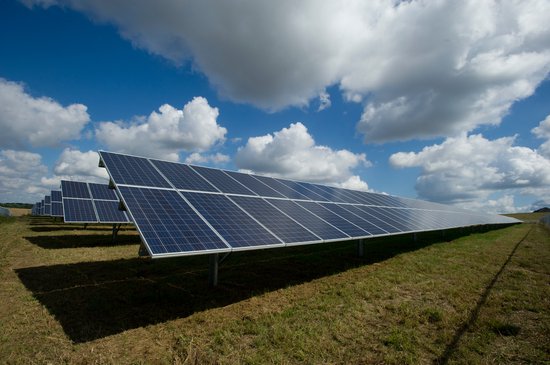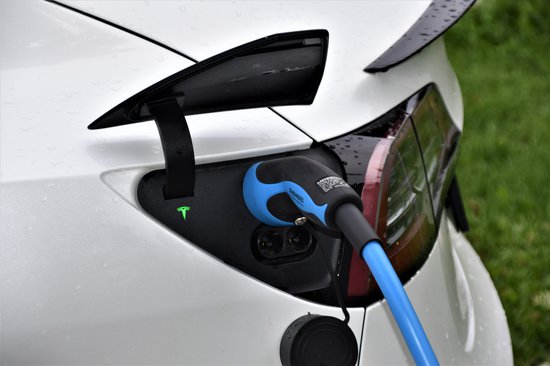How should the Australian energy industry respond to the growing penetration of Distributed Energy Resources in their networks? Jasjeet Singh, Principal Consultant at Enzen Australia, explains why it’s time for utilities to embrace unorthodox winning solutions.

In the 1880s, Thomas Edison patented a new system for electricity distribution which has served consumers for well over a century. Today, thanks to huge developments in society, technology and the climate, utilities now need to channel the spirit of Edison and be just as bold and innovative.
Faced with the challenges of increasing demand and expectation from consumers, the urgent need for accelerated decarbonisation and the growth of renewables, utilities are having to reimagine what the networks of the future will look like.
An integral aspect of this new landscape will be Distributed Energy Resources (DERs) – small scale units of decentralised local energy generation. DERs are projected to grow exponentially over the coming years, to the extent that the Australian Energy Market Operator has released its Integrated System Plan, a 20-year blueprint for delivering the energy transition that’s based largely on DER proliferation.
Such a climate of rapid and unprecedented transformation presents both challenges and opportunities for network and market operators. The advantage will lie with those players who proactively plan, act and innovate, deploying emerging technologies and data science to produce better returns for stakeholders and consumers.

An evolving nexus of flexibility, policies and consumers
By 2020, more than 2.56 million PV panels had already been installed in Australia alone with a total generating capacity of 18.5GW – the equivalent to 37 large power plants. This will only continue to rise, as the price of DER power falls and consumers realise the benefits of combining it with battery storage.
New energy solutions such as Stand Alone Power Systems and non-wire alternatives are replacing the traditional poles and wires infrastructure, opening up more opportunities to innovate and more choice for consumers. The increasing flexibility of loads from HVAC (Heating, Ventilation and Air Conditioning), electric vehicles and smart appliances provide another way to manage demand more efficiently, putting less constraints on networks and avoiding expensive capital investments.
All this means utilities are at a new crossroads. The need to integrate their various business functions with emerging digital technologies is paramount to making future decisions. Connecting the dots between network flexibility and consumer expectations within the ambits of new performance-based regulatory models will be imperative for any utility if it’s going to remain competitive and relevant in this new energy world.
So how can utilities accurately model future scenarios and match them with innovative planning solutions to sustain networks that are affordable in the long-term?

The Moneyball moment
Data science is not new to world. Its principles have been used since the early 19th century but interest has grown in the last decade thanks to the rise of Big Data, Artificial Intelligence and Machine Learning. New systems, sensors and technological advancements have led to an exponential increase in data points for utilities, but very little effort has been made to mine the hidden insights of such data by uncovering previously unrecognised patterns and relationships within the data.
Multiple statistical modelling and Machine Learning platforms are now available in the market, but their effective use within utilities is dependent on so many factors. For instance, a network planner in a typical utility who is simulating a multivariate analysis would need to combine domain expertise, data point knowledge, an understanding of specific algorithms and an in-depth awareness of the specific organisation in order to identify the specific challenge, solution and desired outcome with any degree of accuracy.

Disruptive solutions
Finding such skills in a single person is a long shot indeed, but something which can be solved through the ‘two in a box’ concept of leadership exemplified in the movie Moneyball. Based on the real-life success of the Oakland Athletics baseball team, the movie tracks how Billy Beane and Peter Brand used their complementary skills (baseball and data science respectively) to solve complex optimisation problems. Written off and working within a very low budget, the Athletics confounded expectations to achieve a record winning streak of 20 consecutive games.
As utilities face a period of unprecedented change due to decarbonisation, decentralisation and digitalisation, they too need to solve complex optimisation problems of their own. Data science can provide a route to disruptive solutions of the type pioneered in Moneyball. In turn it can generate insights that will transform long-term network strategies and make the clean energy transition more affordable and sustainable for all.
In Moneyball, nobody (including the sport’s veterans and most experienced coaches) believed in Peter’s proposal to buy low-cost players. But the results spoke for themselves – and baseball’s orthodox thinking was overturned. Now is the right time for the energy industry to embrace its own Moneyball insights – and bring more unorthodox winning options into the field of play. It’s the kind of bold innovation of which Edison would surely approve.
About the author
Jasjeet has published various articles on data science, digital technologies and the applications of AI to the changing energy industry. You can read his most recent post here. Jasjeet has a Bachelor’s degree in Electrical Engineering from the DAV Institute of Engineering and Technology, plus a postgraduate diploma in Business Administration from Symbiosis International in India and a certificate in Big Data and Social Physics from MIT. Passionate about transforming the utilities industry, he uses his background in electrical engineering and experience in digital technologies to solve complex, real-world problems and help utilities achieve their future network transition. You can connect with him here.